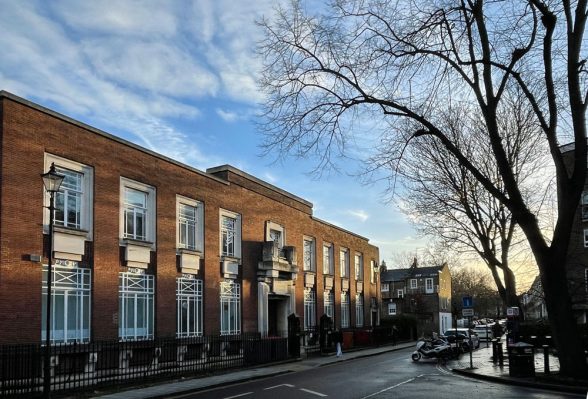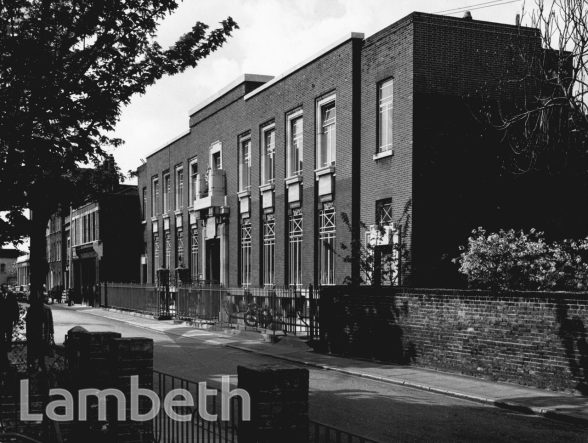This website uses cookies
This website uses cookies to enable it to function properly and to analyse how the website is used. Please click 'Close' to accept and continue using the website.



Image: Fathom Architects
Upon the advice of C20 Society, the Department for Digital, Culture, Media and Sport has granted a Grade II listing to the former Lambeth Court building in Kennington’s Cleaver Street, describing it as ‘an interwar public building of unusually high quality’.
A certificate of immunity from listing had been applied for by developers Lucrum, acting on behalf of freeholder the Duchy of Cornwall, with a planning application for conversion of the building to residential and office use, with a rear extension and additional storey.
Built in 1928 to designs by John Hatton Markham for the Office of Works, the Lambeth County Court is in the classical tradition, with elements of neo-Georgian and modern features successfully integrated.
In Historic England’s listings report, the building was commended as ‘showing considerable imaginative flair, making the most of the architectural vocabulary used to create an arresting frontage’, while noting the ‘survival of significant internal spaces, including two courts with original fittings, a panelled Judge’s Room, a fine central stair making skilful and stylish use of stone,‘Biancola’ and terrazzo and bronze’. A quirky additional feature, being an original K2 public telephone box, adapted match the joinery of the court building.

Photograph by M.D.Trace, Lambeth Archives
While it once heard up to 5,000 cases a year – many on behalf of social landlords – as well as cases involving children, domestic violence and financial claims, the courts closed in 2017 after being deemed surplus to requirements and too expensive to maintain by then Lord Chancellor Michael Gove, despite protests from local MP’s and residents.
The building sits within the Kennington Conservation Area and forms part of a cluster of notable public buildings, including the nearby mid-C19 Lambeth Vestry Hall, the Imperial Court (1835-1836), Sidney Smith’s Durning Library (1889), and the Church of St Anselm by Adshead and
Ramsey (1932-1933), all of which are also listed at Grade II
Catherine Croft, director of C20 Society commented:
‘I’ve lived round the corner from this neatly detailed building in a quiet side street for several decades, so this case feels personal, and I’m delighted that its future is now secure.’

Image: Kennington Runoff

Become a C20 member today and help save our modern design heritage.